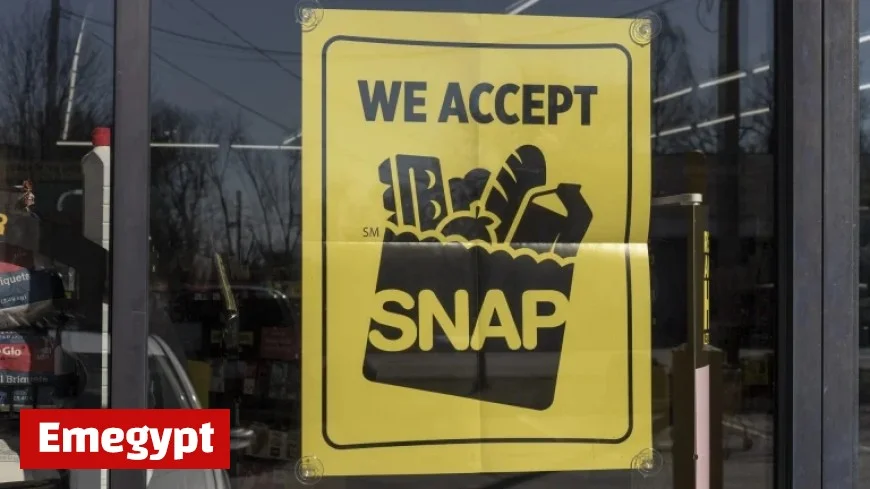Discover the Little-Known SNAP Benefits Available to Low-Income Families

The Supplemental Nutrition Assistance Program (SNAP) is a crucial initiative aimed at combating hunger in the United States. Serving over 40 million individuals each month, the program supports more than 12% of the U.S. population. On average, recipients receive $187.20 monthly to help purchase groceries. However, many are unaware of additional benefits available to them under SNAP.
Discover the Little-Known SNAP Benefits Available to Low-Income Families
Beyond basic food assistance, SNAP offers several supplemental programs designed to enhance the well-being of low-income families.
Farmers Market Bonus
In certain states, SNAP beneficiaries are enrolled in a Healthy Incentives Program (HIP). This program gives users a cash bonus for buying fresh, local produce at farmers markets. For every dollar spent at eligible vendors, recipients can receive an equivalent amount back on their SNAP card, with monthly bonuses ranging from $40 to $80 based on household size in Massachusetts.
Support for Gardening
Growing your own fruits and vegetables can be both economical and rewarding. SNAP funds can be used to purchase seeds and starter plants for edible gardens. This includes herbs and kitchen spices, promoting self-sufficiency and healthier eating habits.
Utility Bill Assistance
Enrollment in SNAP may also provide access to the Low Income Home Energy Assistance Program (LIHEAP). This program helps cover gas and electric bills for eligible participants, making it easier for families to manage their utility expenses.
Discounted Communication Services
SNAP beneficiaries might qualify for a discount of up to $9.25 on internet, phone, or bundled services through the Lifeline Support program. Additionally, some states offer extra assistance for acquiring necessary devices, such as laptops and smartphones.
Free or Discounted Museum Entry
The Museums for All program, supported by the Institute of Museum and Library Services, provides free or reduced admission to over 1,500 museums for SNAP recipients. Many other cultural institutions, such as zoos and botanical gardens, also offer similar discounts.
Conclusion
Understanding the full range of benefits available through SNAP can significantly improve the quality of life for low-income families. From bonuses on fresh produce to support in reducing utility costs, these services are essential for promoting health and accessibility among vulnerable populations.





























